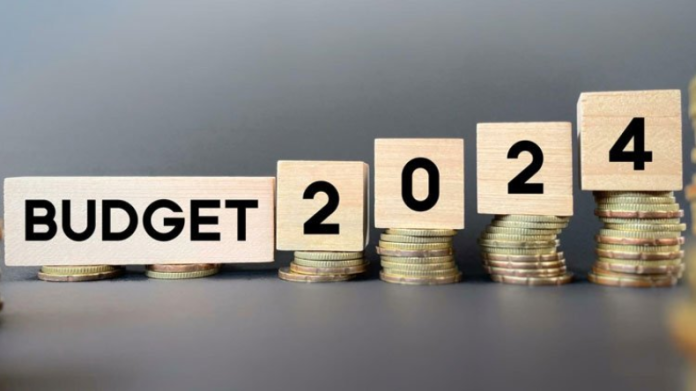As India gears up for the upcoming Interim Budget 2024, the question arises: how does this crucial document come to life? It’s not just a matter of numbers and spreadsheets; it’s a meticulous six-month journey involving consultations, estimations, and careful curation. So, buckle up as we delve into the fascinating process of compiling and presenting the Interim Budget in Lok Sabha.
A Symphony of Documents
The heart of the budget lies in a 14-part orchestra of documents. The main players include the Annual Finance Statement (AFS), Demand for Grants (DG), and Finance Bill, each playing a pivotal role in outlining the nation’s financial roadmap. But the show doesn’t stop there. Explanatory statements like the Expenditure Budget, Receipt Budget, and Output Outcome Monitoring Framework provide invaluable context and analysis.
The Green Budget Revolution
Gone are the days of paper-heavy tomes. India’s budget has gone green, embracing a paperless format. This eco-friendly approach not only enhances accessibility but also streamlines the entire process.
From Circulars to Consultations
The journey begins with a Budget Circular, issued by the Finance Ministry around August – September. This sets the stage for ministries to compile reports on current expenditures and future plans. Meetings with officials from various departments then take center stage, where initial estimates for both plan and non-plan expenditures are presented.
Planning, Prioritising, and Predicting
Crucial discussions between ministries and NITI Ayog follow, focusing on areas like infrastructure, education, and electricity generation. Finance advisors then step in, outlining non-plan expenditures. Finally, the Expenditure Secretary consolidates these figures, paving the way for final budget estimates.
Revenue Rendezvous
While expenditures take center stage, the Finance Ministry simultaneously analyses projected revenue streams. Income tax, corporate tax, GST, and various cesses come under scrutiny. Additionally, divestment possibilities, loan repayments, and dividends from RBI and state-owned entities are factored in.
Recounting and Refining
Once ministries submit their requests and estimates, top Finance Ministry officials meticulously re-evaluate the data. Consultations and revisions ensure a balanced and realistic budget.
Balancing the Scales
With projections in hand, the Finance Ministry sets fiscal deficit targets and bridges the gap, if any, through potential tax revisions. This intricate dance between revenue and expenditure aims for sound economic growth across sectors.
Stakeholder Symphony
Mid-November sees the Finance Minister initiating crucial discussions with industry leaders, labor groups, and representatives from diverse sectors. These deliberations further refine the budget’s direction.
Home Stretch
As January arrives, the National Statistical Office releases advanced GDP estimates, which get incorporated into the final document. The Finance Minister’s speech, a masterpiece in itself, is crafted collaboratively by experts from various departments, with each playing their part:
- Part A: Focusing on the economy, new schemes, and initiatives, penned by the Economic Affairs Secretary.
- Part B: Detailing finance and tax announcements, crafted by the Revenue Secretary, with potential inputs from the Chief Economic Advisor.
The Grand Finale
The final days witness printing or final documentation, culminating in the traditional halwa ceremony. With Cabinet approval secured, the final Budget document reaches the President’s desk. And finally, on February 1st, the Finance Minister takes center stage in Lok Sabha, unveiling the intricate details of the Interim Budget to the nation.
Beyond the Numbers
Compiling the Interim Budget is a complex yet fascinating process. It’s a testament to the collective effort of numerous individuals, departments, and consultations. This intricate dance of projections, consultations, and meticulous planning ensures that the final document presented in Lok Sabha not only reflects the nation’s financial standing but also charts a course for future growth and prosperity.



